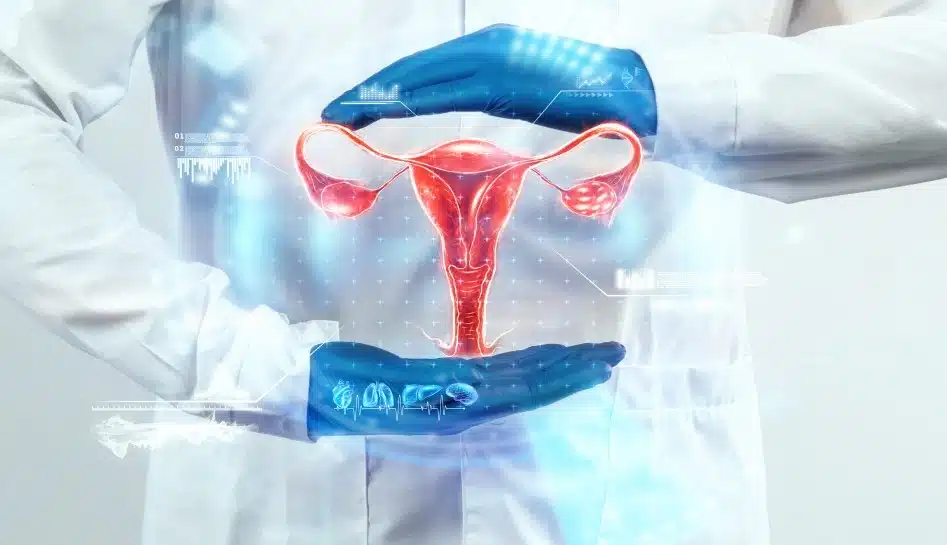Free school-based HPV vaccine program was introduced in Australia in 2007 for all girls, and this has resulted in a 92 percent reduction in HPV types responsible for almost 75 percent of cervical cancer
Cervical cancer is a preventable disease. It is also curable if detected early and adequately treated. It is the fourth most frequent malignancy in women worldwide, with India accounting for 21 percent of cases and 23 percent of deaths.
The Papanicolaou smear (PAP), a routine screening test for cervical cancer, was reported in 1928, and its efficacy was proved by 1941. Since then, it has been used worldwide as a clinical tool for the early detection of cervical cancer.
The first breakthrough in the fight against the disease came in 2006, when the HPV (human papilloma virus) vaccine was developed. By 2007, the vaccine was made freely available by various countries after extensive trials established that it significantly reduced the disease and deaths from it among young women. As of 2022, 125 countries include HPV vaccine in their routine vaccinations for girls, and 47 countries do the same for boys.
Free school-based HPV vaccine program was introduced in Australia in 2007 for all girls, and this has resulted in a 92 percent reduction in HPV types responsible for almost 75 percent of cervical cancer.
Even with the proven effectiveness of intervention measures such as vaccination for the HPV and cervical cancer screening test, incidence of the disease is on the rise in India.
WHO has launched Global Strategy to Accelerate the Elimination of Cervical Cancer, and outlines three key steps: vaccination, screening and treatment. The 90–70–90 target set by the initiative to be achieved by 2030 requires 90 percent of girls to be vaccinated by age 15 years, 70 percent of women to be screened with a high-performance test at least two times by age 45 years, and 90 percent of women identified with cervical precancer or cancer to be treated.
The massive burden of cervical cancer mortality is the result of decades of neglect by the global health community. However, WHO assistant director-general Dr. Princess Nothemba Simelela says that the script can be rewritten, if we can include the availability of prophylactic vaccines; low-cost approaches to screening and treating cervical cancer precursors.
Read more : https://h-leads.com/india-accounts-for-one-third-of-the-global-cervical-cancer-toll/


















Add Comment